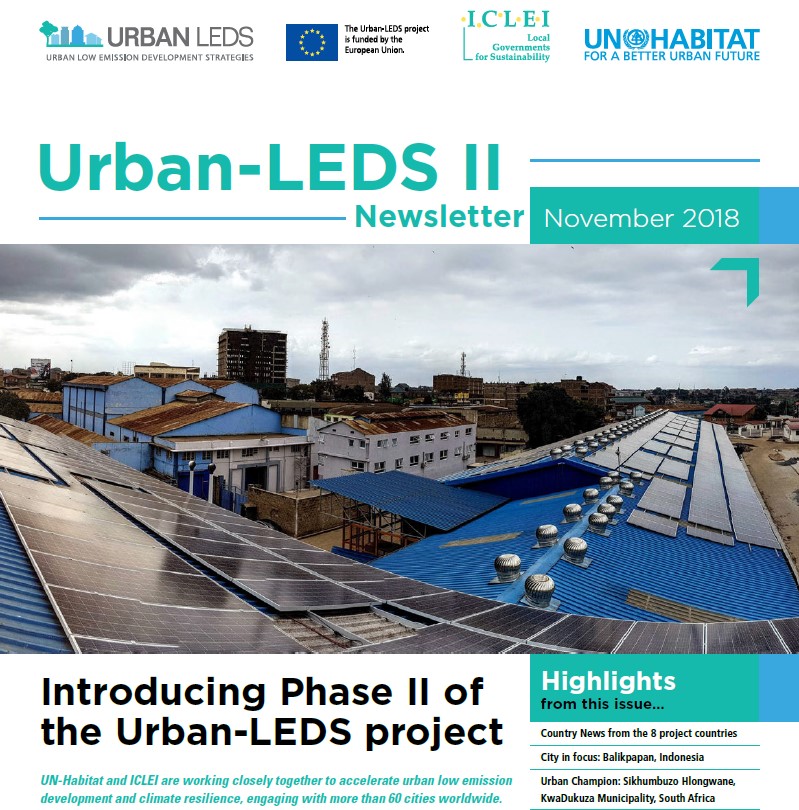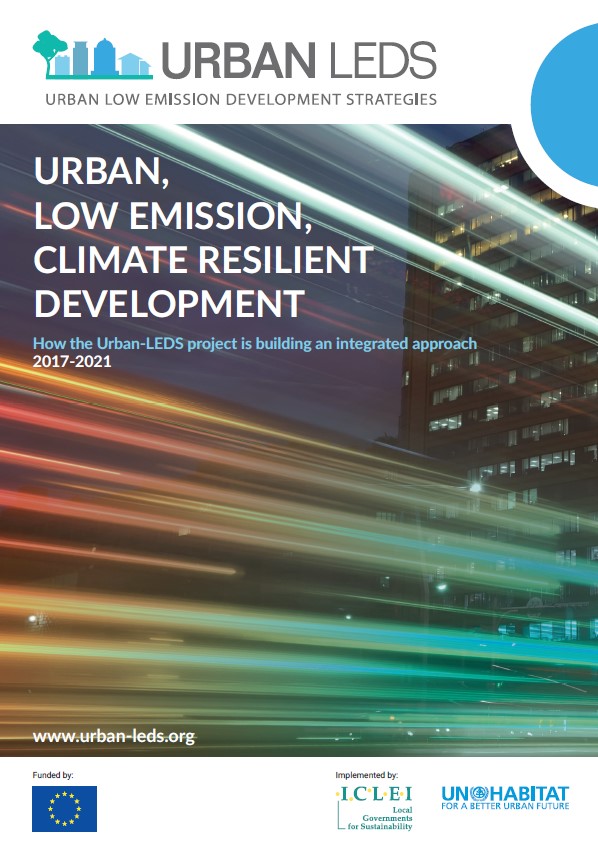Urban-LEDS II
The Urban-LEDS II project strives to reduce greenhouse gas emissions in emerging economies and Least Developed Countries by promoting Urban Low Emission Development Strategies. With a focus on India, the project aims to enhance vertical integration by localizing national policies, improving monitoring systems for data collection, and bolstering climate finance mechanisms.
This initiative empowers Urban Local Bodies to actively contribute to achieving climate goals at the local level.
The Challenges
Integration Gap Between National and Sub-national Plans:
The challenge lies in the disjointed alignment between the national and state-level climate plans, causing inefficiencies and a lack of synergy in addressing climate issues at both levels.
Limited Access to Climate Financing at the Local Level:
A major hurdle is the top-down financing approach, creating financial bottlenecks for local governments involved in the Urban LEDS project. Lack of awareness about alternative funding sources and a centralized dependency restricts the availability of funds for implementing climate goals at the local level.
Inadequate Monitoring Systems (MRV):
The insufficiency in Monitoring, Reporting, and Verification (MRV) systems creates obstacles in tracking and assessing climate actions' progress, hindering informed decision-making and compromising the overall effectiveness of climate initiatives.
How to respond to them?
Promote Synergistic Alignment in Climate Plans:
Foster a collaborative approach through regular joint planning sessions and information-sharing platforms between national and state authorities. Establish a unified vision to bridge the integration gap, promoting a more effective and harmonized response to climate challenges at both levels.
Improve Access to Local Climate Financing:
Develop initiatives to raise awareness among local governments about diverse funding sources beyond central financing. Encourage the establishment of Municipal Bonds and Public-Private Partnerships (PPPs) to diversify funding channels. Advocate for changes in national and state policies to align with local climate goals and facilitate access to funds.
Optimize Monitoring Systems for Informed Action:
Upgrade Monitoring, Reporting, and Verification (MRV) systems by implementing standardized data collection methods. Introduce technologies and tools to enhance the efficiency of data dissemination and analysis. Establish Project Management Units (PMUs) for streamlined coordination, ensuring that reliable information supports well-informed decision-making at all government levels.
What have we achieved so far?
Institutional Framework:
India has established a comprehensive institutional framework for climate change management, with the Prime Minister’s Council on Climate Change (PMCCC), Executive Committee on Climate Change (ECCC), and Ministry of Environment, Forests, and Climate Change (MoEFCC) leading initiatives.
National Achievements:
India has made significant progress in achieving its climate action targets, reducing GDP emission intensity by 21%, increasing non-fossil energy share in electricity generation, and expanding solar capacity, reflecting a commitment to sustainable development.
Decentralized Implementation:
While the central government formulates national policies, decentralized governance involves state and local authorities, enhancing the reach and effectiveness of climate change strategies at sub-national levels.
Monitoring and Reporting Challenges:
India faces challenges in monitoring, reporting, and verifying greenhouse gas emissions, indicating the need for a more robust and integrated system for effective communication and data circulation across government levels.
Climate Finance:
Climate finance is crucial for India's climate goals, and the country is exploring a mix of national funds, international aid, and private investments to bridge the funding gap, with a focus on public-private collaboration.
Donors and Partners
Funded By: European Union
Implemented By: ICLEI




